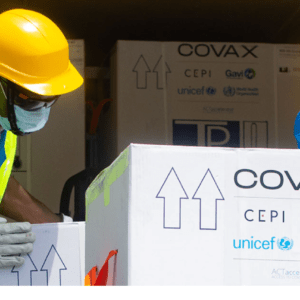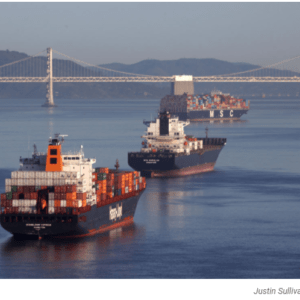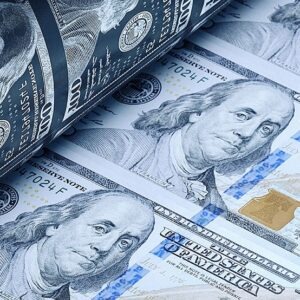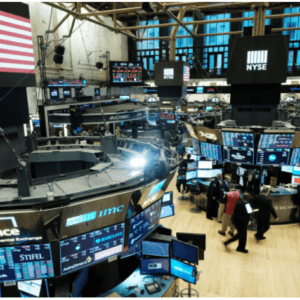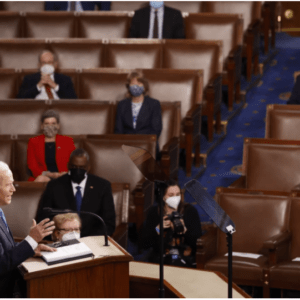Africa & World Economy
-
How the Pandemic Widened Global Current Account Balances
2020 was a year of extremes. Travel all but ceased for a period. Oil prices wildly fluctuated. Trade in medical products reached new heights. Household spending shifted to consumer goods rather than services…
-
Drawing Further Apart: Widening Gaps in the Global Recovery
The global economic recovery continues, but with a widening gap between advanced economies and many emerging market and developing economies. Our latest global growth forecast of 6 percent for 2021 is unchanged from…
-
Sub-Saharan Africa: We need to act now
The growth of infections in sub-Saharan Africa is now the fastest in the world, with an explosive trajectory that is outpacing the record set in the second wave. At this pace, this new…
-
How “Chaos” In the Shipping Industry Is Choking The Economy
On both land and at sea, the entire supply chain is struggling to keep up. In the Pacific Northwest, it’s become such a clusterfest that the U.S. Coast Guard has been redirecting boats…
-
How to Attract Private Finance to Africa’s Development
High public debt levels and the uncertain outlook for international aid limit the scope for growth through large public investment programs. The private sector will have to play more of a role in…
-
A Proposal to End the COVID-19 Pandemic
Many countries have stepped up in the global fight against the pandemic, as have institutions such as the World Health Organization, the World Bank, Gavi (the Global Alliance for Vaccines and Immunization), the…
-
US Dollar Share of Global Foreign Exchange Reserves Drops to 25-Year Low
The share of US dollar reserves held by central banks fell to 59 percent—its lowest level in 25 years—during the fourth quarter of 2020, according to the IMF’s Currency Composition of Official Foreign Exchange…
-
The Policymaker’s Trilemma
Imagine you’re a policymaker in sub-Saharan Africa. You’ve been charged with lifting your country out of the worst health crisis in living memory, and nobody around you knows when it will end—the second…
-
Why Soaring Stocks Could Be Bad News For The Economy
While it’s had some ups and downs, the stock market has soared to historic heights in recent years. For many, that’s great news: it’s a sign that the economy and their retirement accounts…
-
104 days of Bidenonomics
President Biden has now been in office for 100 days. Okay, technically 104 days. In that time, presidential tweets have gotten way more boring, but the federal government's plans to intervene in the…


